1921
100 Years of Women in Irish Politics and Public Life
The Pop-Up Museum showcasing 100 years of Women in Politics and Public Life was launched in December 2018 to mark the centenary of the introduction of voting rights for women.
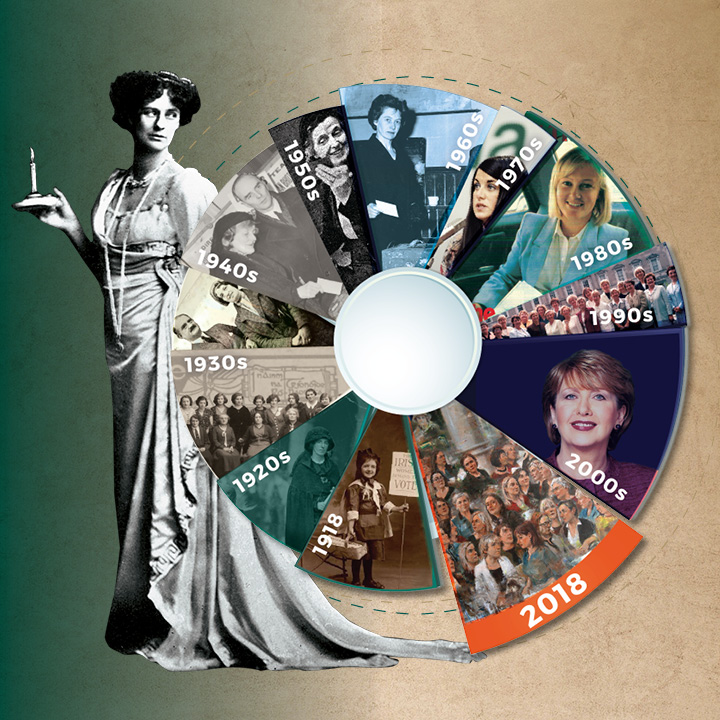
1921
The Pop-Up Museum showcasing 100 years of Women in Politics and Public Life was launched in December 2018 to mark the centenary of the introduction of voting rights for women.

This 100 Year Journey was compiled to highlight the complexity and diversity of women’s experience over the past 100 years.
This is not a definitive list but it is intended that this will be a living document and we encourage people to engage with the project and provide suggestions for inclusion.
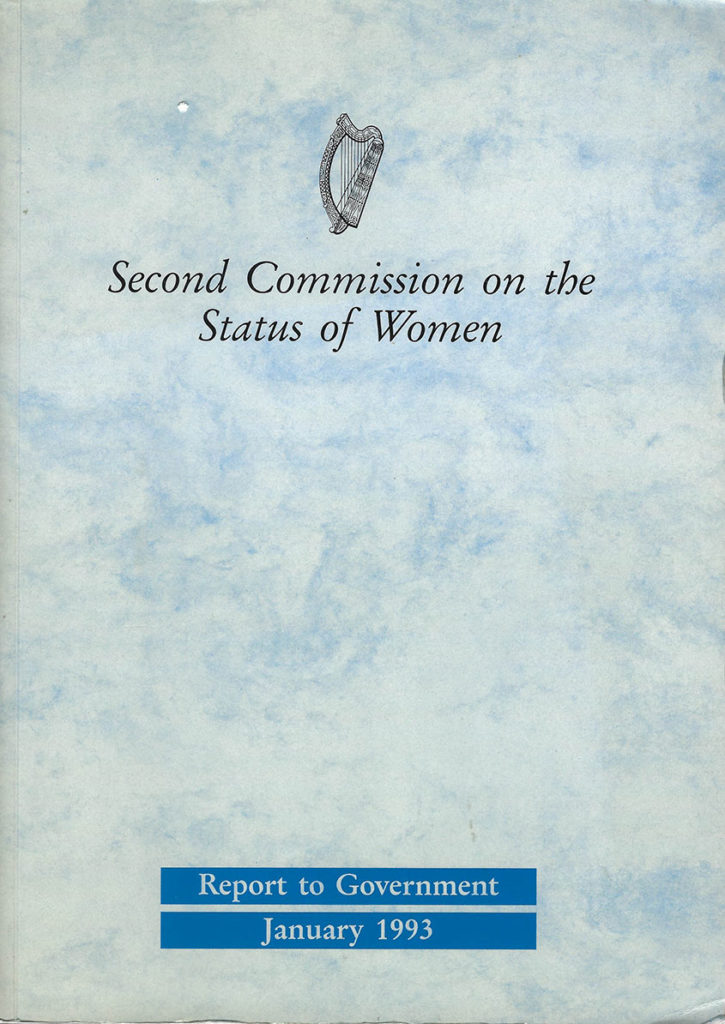
The Second Commission on the Status of Women was established in 1990 by the Taoiseach, Charles Haughey. The call for it came from the Council for the Status of Women (now representing eighty women’s organisations). On 1 November 1990, the nineteen member commission (sixteen women and three men) chaired by Judge Mella Carroll met for the first time.
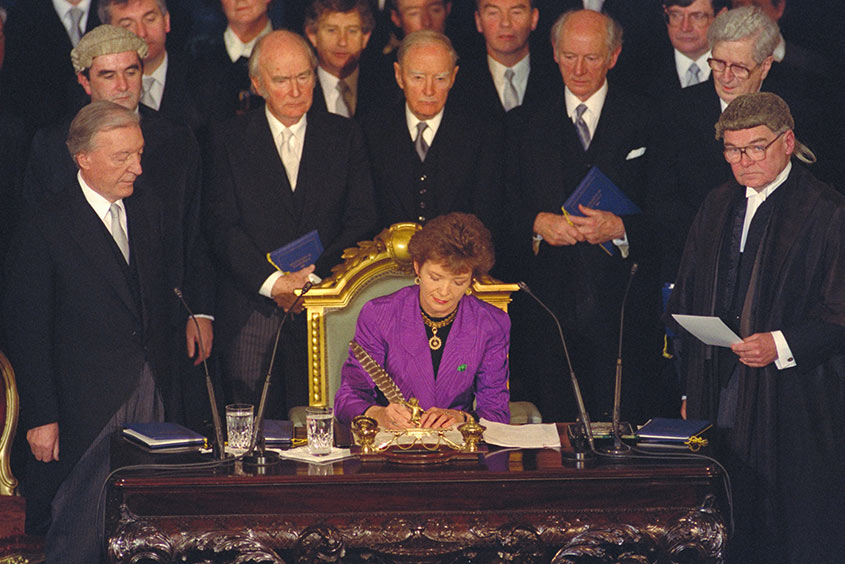
Days later, the first Presidential election since 1973 was held. Each successful candidate heretofore had come from Fianna Fáil. The Labour Party wanted to put forward a strong candidate for the Presidency and approached Mary Robinson to stand. Mary Robinson had been a Senator for twenty years but had decided not to seek re-election in 1989. She agreed without re-joining the Labour Party. From the outset Mary Robinson carried out a dynamic campaign, her slogans included: ‘A President with a Purpose’.
Fianna Fáil’s candidate was Brian Lenihan, Tánaiste and Minister for Defence. Fine Gael’s candidate was Austin Currie, a founder of the Social and Democratic Labour Party.
Following a controversial election campaign Mary Robinson was elected as the first female President of Ireland. Her inauguration took place on 3 December 1990.
In 1990 the Criminal Law (Rape) Act of 1981 was amended to recognise rape in marriage and introduce a wider category of offences.
In the last two decades of the century the number of unmarried mothers in Ireland continued to increase at 28%, it was the highest in Western Europe.
In February 1992, in a legal case The Attorney General versus X and Others, (known as the X Case) granted an injunction preventing a 14 year old pregnant girl (X) from leaving the State with her parents to have an abortion. She was the victim of a statutory rape by a neighbour. Thousands of people took to the streets to protest, including Youth for Choice.
The High Court injunction was appealed to the Supreme Court, which in a 4-1 majority overturned the earlier decision obtained by the State that prevented her leaving Ireland. This was a landmark Supreme Court case which established the right of Irish women to an abortion when a pregnancy posed a real and substantial risk to the life of the mother, including the risk of suicide. The European Court of Human Rights concluded that there was an existing constitutional right.
Protests continued between Pro-Life and Pro-Choice Groups as amendments to the Constitution were placed before the people in November 1992. This referendum approved the 13th and 14th amendments to the Constitution. The 13th Amendment provided that the protection of the right to life of the unborn, provided by the Constitution, did not limit freedom of travel in and out of the State. The 14th amendment provided that the protection of the right to life of the unborn did not limit the right to distribute information about services in foreign countries. Both amendments were approved by referendum on 25 November 1992 and signed into law on the 23 December 1992.
A national survey of this period showed that only half of women found family planning services easily accessible (although condoms were available from vending machines in 1993). In 1993, the Domestic Violence and Sexual Assault Investigation Unit of the Garda Síochána was established. Women’s Aid established a 24 hour contact line.
The Regulation of Information (Services outside the State for Termination of Pregnancies) Act (1995) was passed. This allowed for information on abortion services outside Ireland to be lawfully distributed.
The Domestic Violence Act (1996) was passed, which extended barring and protection orders to non-spouses. It gave Health Boards the power to apply for Court Orders. It also strengthened the powers of arrest by police including arrest without warrant for breach.
A National Task Force on ‘Violence against Women’ reported in 1997. This allowed for the establishment of national and regional task forces and ‘a chain of responsibility’ in the co‑ordination of services.
In 1999, following a Government funded study a Green Paper on Abortion was published, which outlined various options, including legislation and a third referendum on abortion. Also in that year the last remaining prohibition orders made under the Censorship of Publications Acts relating to contraception and termination of pregnancy were lifted.
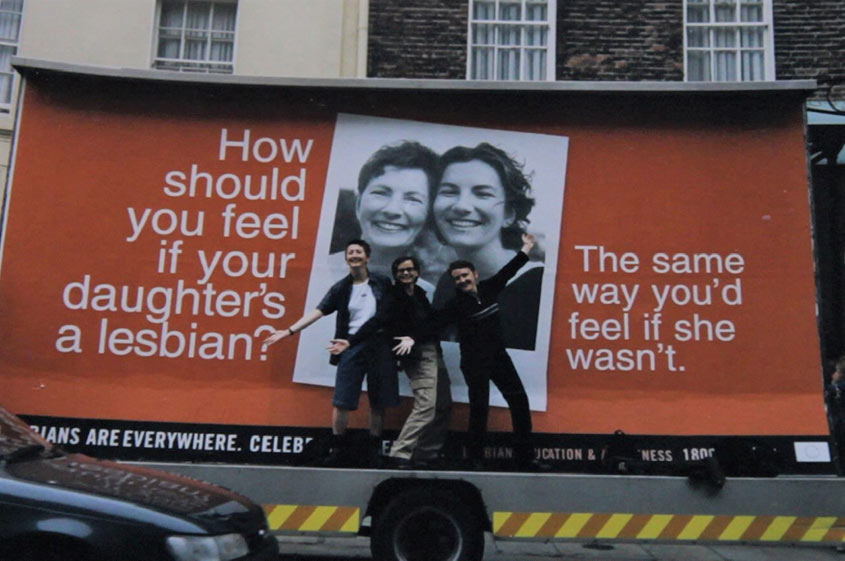
In 1990 the constitution of the National Gay Federation was amended to become the Lesbian and Gay Federation. A number of groups were formed including Gay and Lesbian Equality Network (GLEN) who lobbied for law reform. In 1992 the first award of child custody to a lesbian mother took place. In 1991 Lesbian Organising Together (LOT) was formed. The Group obtained a grant of IR£50,000 from the Department of Social Welfare. In 1995 they opened a drop in centre in Capel Street. The ‘Lesbian Lives’ event which had begun as a Discussion Day in the Women’s Research and Resource Centre at University College Dublin continued. As the decade drew to a close, LEA (Lesbian Education and Awareness) produced a high‑profile campaign which included a national billboard campaign and a Visibility Project weekend.
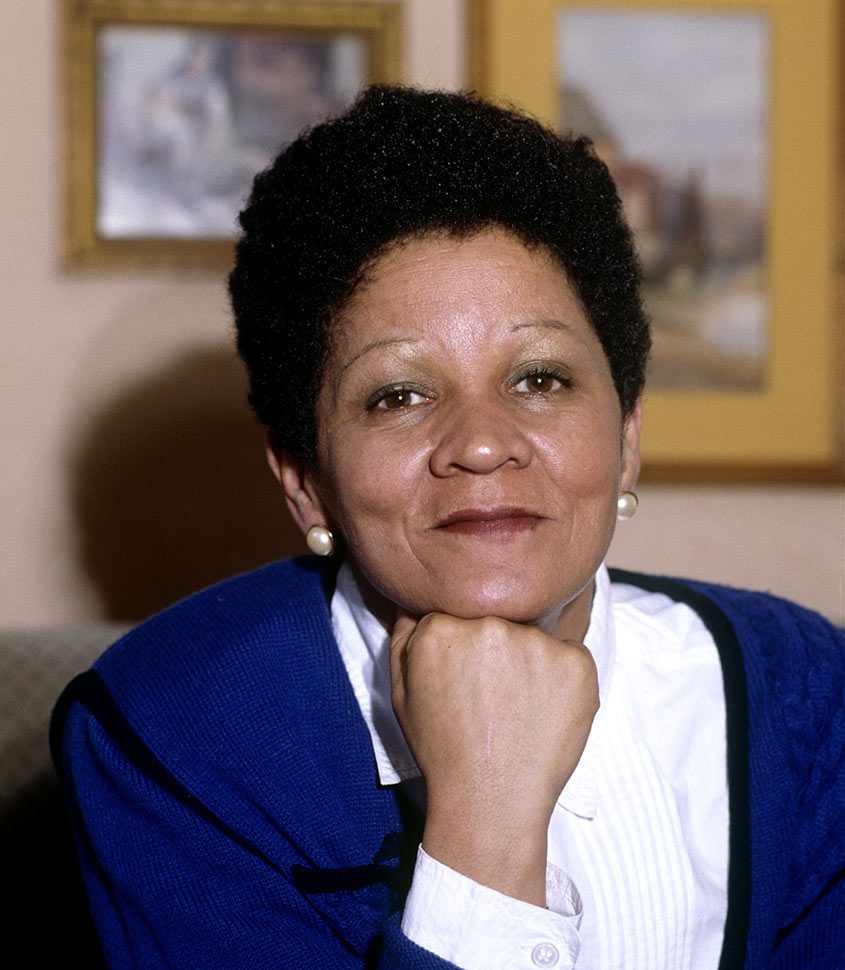
Christine Buckley was interviewed on The Gay Byrne Show in 1992 where she talked about her own abuse in the Goldenbridge Home and abuse in industrial schools. In 1996, her story became the subject of a documentary entitled Dear Daughter. In 1999, Christine Buckley and Carmel McDonnel- Byrne founded the Aislinn Education and Support Centre to support former residents of industrial schools.
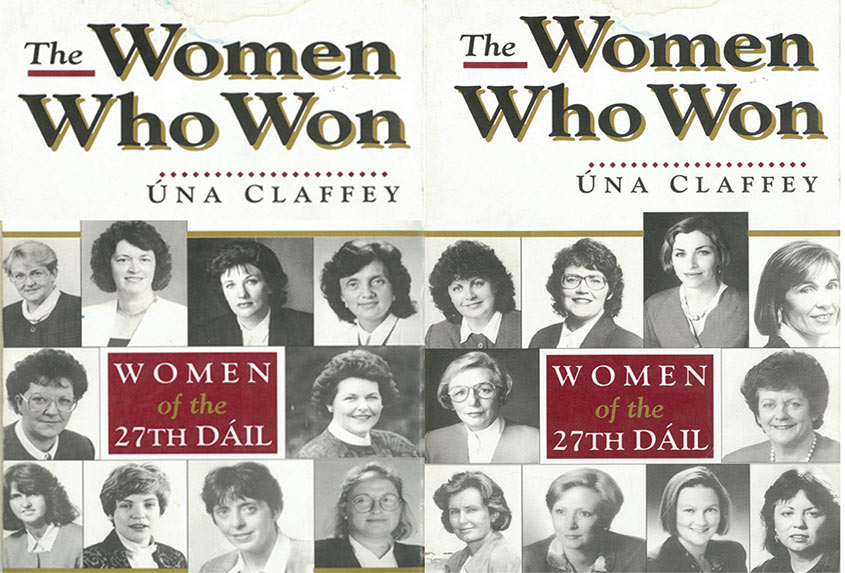
The General Election on 25 November 1992 for the 27th Dáil returned an unprecedented 20 women to Dáil Éireann.
Niamh Bhreathnach, Joan Burton, Eithne FitzGerald, Breeda Moynihan-Cronin and Roísín Shortall were elected for Labour. Frances Fitzgerald, a new TD for Dublin South East joined Fine Gael TDs: Theresa Ahern, Mary Flaherty, Nora Owen and Avril Doyle. Mary Coughlan, Síle de Valera, Mary Wallace, Mary O’Rourke and Máire Geoghegan-Quinn were elected for Fianna Fáil. Mary Harney and Máirín Quill were joined by Helen Keogh and Liz O’Donnell as Progressive Democrats TDs. Liz McManus nee O’Driscoll was the first woman to be elected as a TD for the newly formed Democratic Left.
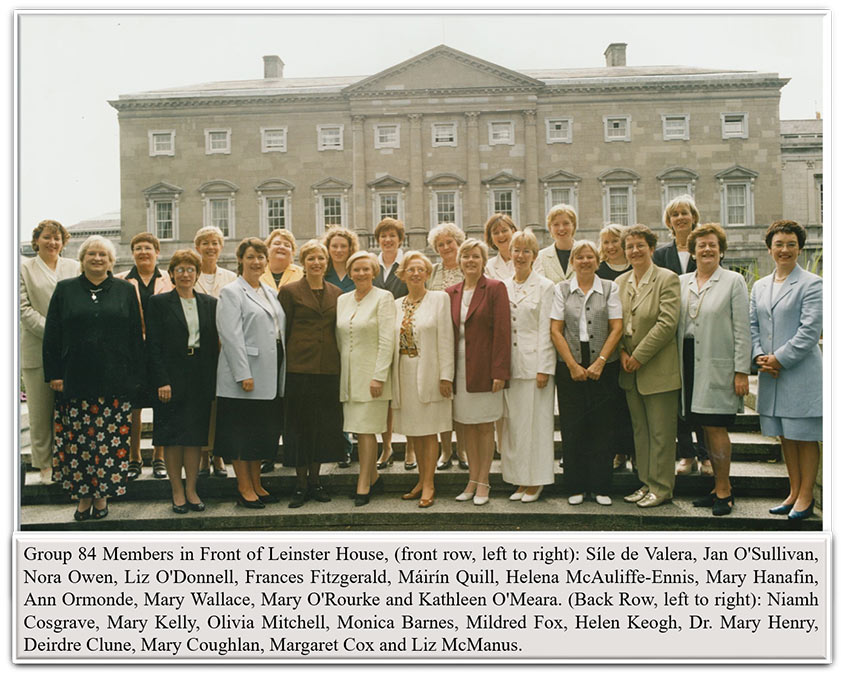
That year, Senator Mary Henry established the Group 84. A cross-party association of women deputies and senators who would work together on issues of mutual interest, their title represented their aspiration – the ideal representation for women in the Houses of the Oireachtas was 84.
Albert Reynolds, now Leader of Fianna Fáil became Taoiseach and Dick Spring of the Labour Party, became Tánaiste. For the first time, two women were in the Cabinet – Fianna Fáil’s Máire Geoghegan-Quinn as Minister for Justice and Labour’s Niamh Bhreathnach as Minister for Education. Niamh Bhreathnach appointed Minister for Education becoming the 6th Cabinet Minister –
While Máire Geoghegan-Quinn was in office, the Criminal Law (Sexual Offences) Act was enacted, decriminalising consensual homosexual acts.
It was reported that there was a shift in the workforce ‘from poorly educated, middle aged men’ being replaced by young men and women, who were better educated and ‘more adaptable.’
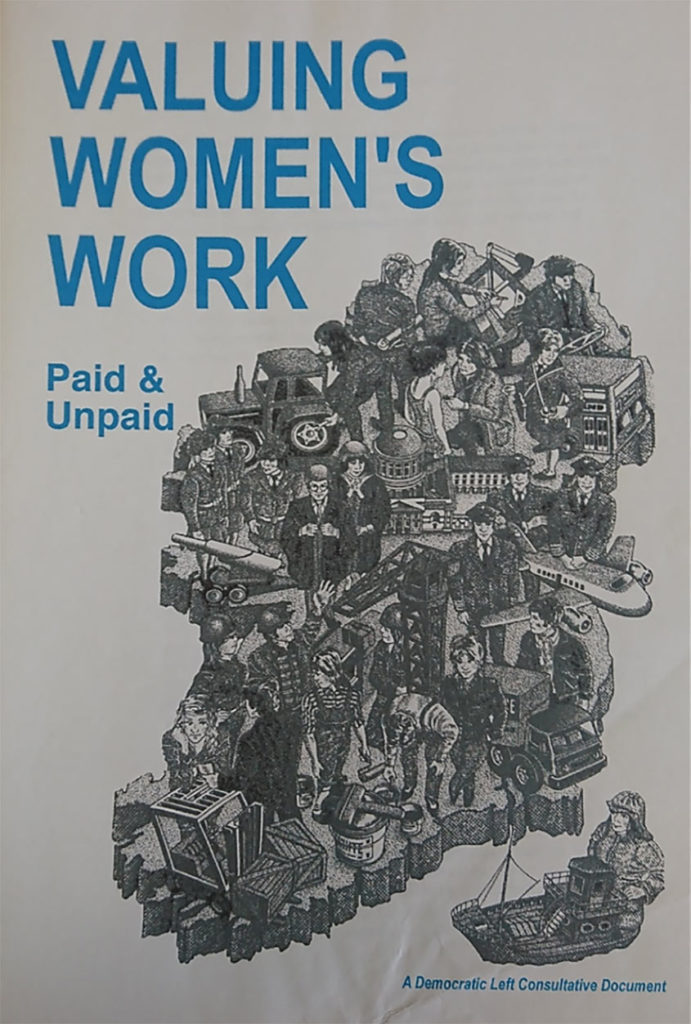
The findings of the Commission on the Status of Women of 1993 highlighted issues for women, including the need for improved transport, mobile health centres and a series of training and educational facilities.
That year, the Department of Equality and Law Reform was established and for a period from November to December 1994, Máire Geoghegan-Quinn was the acting Minister, following the resignation of the Labour Minister, Mervyn Taylor, from the coalition Government.
In 1992, Susan Denham was the first woman to be appointed to the Supreme Court. That year, the first all‑female Fórsa Cosanta Aítúil unit was established at Sarsfield Barracks, Limerick. In 1994 Evelyn P Owens was appointed as the First Chairwoman of the Labour Court.
By 1997 women now constituted 51.1% of the working population.
The Employment Equality Act (1998) extended the grounds on which direct or indirect discrimination within employment was prohibited – including sexual orientation and family status. This law also codified sexual harassment.
In a by-election held in November 1994, Kathleen Lynch, a political activist since the early 80s, was elected as Democratic Left TD for Cork North-Central. She had built her vote over the years. A member of the National Association of Tenants’ Organisations, she campaigned against local authority service charges, which she argued were double taxation. She joined the Workers Party and was elected to Cork Corporation and later was a founder of Democratic Left. On the day of her election the Fianna Fáil-Labour coalition Government collapsed.
A new Government was formed on 15 December 1994. Known as the Rainbow Coalition, it was a coalition of Fine Gael, Labour, and the Democratic Left, with John Bruton, Leader of Fine Gael as Taoiseach. Bertie Ahern became the new Leader of Fianna Fáil. Mary O’Rourke was appointed Deputy Leader.
Nora Owen appointed Minister for Justice becoming the 7th Cabinet Minister –
Nora Owen was appointed Minister for Justice and served for the duration of the Government against a backdrop of a ceasefire in Northern Ireland, the first official visit to Ireland of a member the British Royal family, the Anglo-Irish Framework Document and the formation of the Forum for Peace and Reconciliation. The Forum had been formed in 1994 and was chaired by Catherine McGuinness.
A bye-election in June 1995 saw the return of Mildred Fox to the seat left vacant by the death of her father Independent Wicklow TD Johnny Fox.
Following the death of Neil T Blaney, Cecilia Keaveney was elected to the Dáil for Donegal North East in April 1996. Her father Paddy had briefly been a TD in the mid-1970s. She had been a member of Donegal County Council for a year previously.
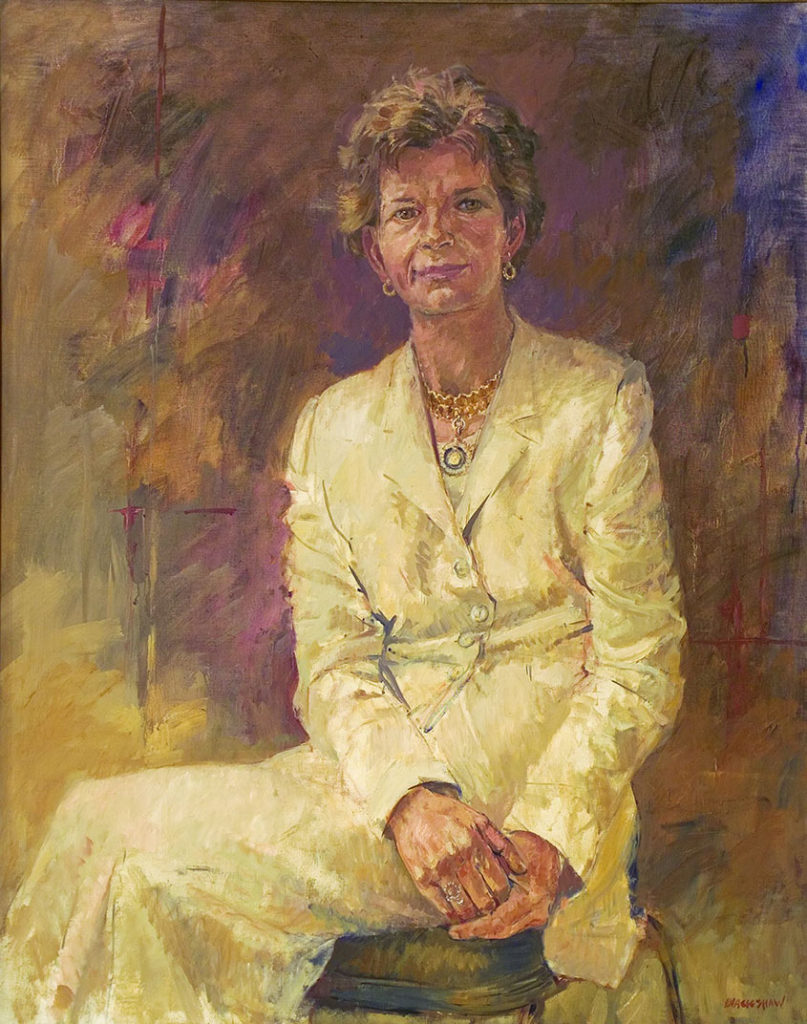
On 2 February 1995, President Mary Robinson addressed both Houses of the Oireachtas for the second time.
The speech was advertised as ‘a matter of public importance’. The title of the speech was Cherishing the Irish Diaspora. The focus of her Presidency had been the cherishing of the Diaspora – although her original intention was to do so in a symbolic way with her light in the widow of Áras an Uachtarán. In her speech she shared her experience of meeting young people from Ireland in places as far away as Calcutta and Australia during the previous four years, who felt that they had no choice but to emigrate. She spoke of those who had never seen the island of Ireland but whose identity with it was part of their own self-definition.
This was against a backdrop which saw the first decline in emigration figures since the 1980s. A dramatic reversal came from 1995 onwards with the start of immigration to Ireland. Legislation was passed that allowed for non-EU nationals to take up employment in a wide range of industries, including low skilled jobs.
Veronica Guerin, a journalist with the Sunday Independent was shot dead by members of a criminal gang on 26 June 1996, as a result of her reporting on their criminal activity.
That summer Michelle Smith won three gold medals for swimming: 400m freestyle, 400m individual medley, 200m butterfly and a bronze medal for 200m individual medley at the Atlanta Olympics
By 1996, the last of the Magdalene Laundries closed. The Gloucester Street Laundry (Sean McDermott Street) was home to forty women, nine of whom had no known relatives and all had decided to remain living with the nuns.
28th Dáil Éireann:
At the 1997 General Election women filled 20 of the 166 seats on offer: Theresa Ahern, Monica Barnes, Frances FitzGerald and Nora Owen were re-elected for Fine Gael, Mary O’Rourke, Mary Coughlan, Síle de Valera, Cecilia Keaveney, and Mary Wallace were re-elected for Fianna Fáil. Mary Harney and Liz O’Donnell were re-elected for the Progressive Democrats. Breeda Moynihan-Cronin and Roísín Shortall were re-elected for Labour while Liz McManus (Democratic Left), and Mildred Fox (Independent) were also re-elected.
In addition five women were elected for the first time at the 1997 general election: Deirdre Clune and Olivia Mitchell for Fine Gael; and Beverly Cooper Flynn, Mary Hanafin and Marian McGennis for Fianna Fáil.
Máire Geoghegan-Quinn retired from politics at the General Election in 1997, citing privacy issues. Another high profile woman who left Ireland in 1997 was Mary Robinson who resigned as President on 12 September 1997, two months ahead of the end of her term, to take up the role of United Nations High Commissioner for Human Rights.
Nominations for the Presidency opened on 15 September 1997. Five people were nominated and it became known as the female race with four women standing for election.
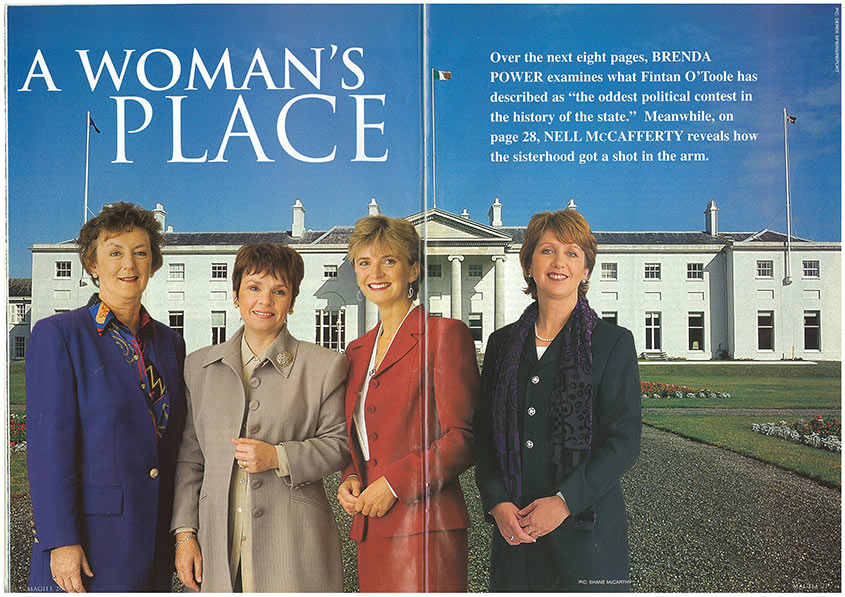
Mary Banotti defeated Avril Doyle in a very close contest to become the Fine Gael candidate. Mary Banotti (née O’Mahoney) was a serving MEP at the time of the election.
Adi Roche was declared European Person of the Year in 1996, the year her best‑selling book ‘Children of Chernobyl’ was published. She initiated the Chernobyl Children’s Project to bring children affected by the explosion of the Chernobyl nuclear reactor in 1986 to Ireland for medical treatment and recuperation. Adi Roche, then 42 was nominated by the Labour Party and supported by the Green Party and by Democratic Left. She had founded the Chernobyl Children International charity in 1991.
Rosemary Scanlon (better known by her stage name Dana) was nominated by the County Councils of Donegal, Kerry, Longford, North Tipperary and Wicklow. She had become well-known in 1970 as a young school girl from Derry when she won the Eurovision Song Contest.
Mary McAleese was nominated by Fianna Fáil after having defeated former Taoiseach Albert Reynolds in an internal party selection procedure. She was born in Belfast and was a former journalist, broadcaster and law lecturer who was in 1994 appointed the first female Pro‑Vice‑Chancellor at Queen’s University Belfast.
The final candidate was a retired Garda and Victim Rights campaigner Derek Nally who received nominations from Clare, Carlow, Kildare, South Dublin and Wexford County Councils.
McAleese won the presidential election and was inaugurated as the eighth President of Ireland on 11 November 1997.
The 25th Government of Ireland was formed in June 1997, with Bertie Ahern as Taoiseach. Mary Harney, Progressive Democrats, was the first woman appointed as Tánaiste. She also held the post of Minister for Enterprise, Trade and Employment.
Mary Harney appointed as Tánaiste becoming the 8th Cabinet Minister.
Síle de Valera was appointed to Cabinet as Minister for Arts, Heritage, Gaeltacht and the Islands.
Síle de Valera becoming the 9th Cabinet Minister
Mary O’Rourke was appointed Minister for Public Enterprise. Mary Wallace became Minister of State in the Department of Justice, Equality and Law Reform and Liz O’Donnell became Minister of State in the Department of Foreign Affairs.
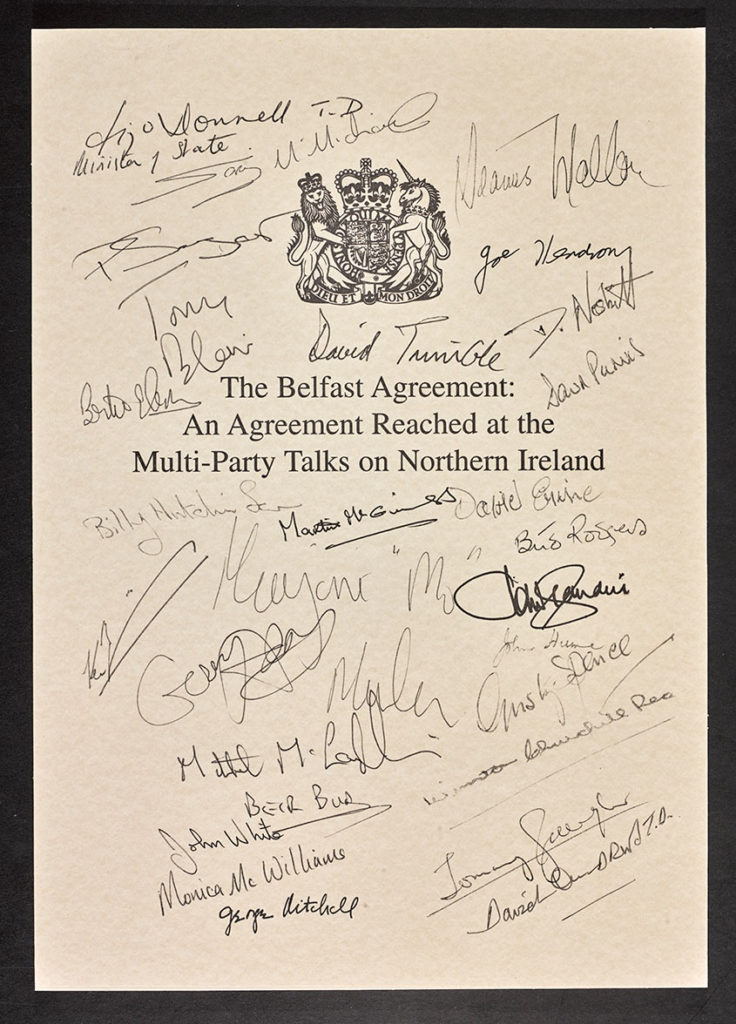
At this time the terms of the Belfast Agreement (now generally known as the Good Friday Agreement) were being put into place and heralded a peaceful era in Northern Ireland. The agreement was approved by voters across the island of Ireland in two referendums held on 22 May 1998.
As the century drew to a close, the 28th Dáil, with Bertie Ahern as Taoiseach and Mary Harney as Tánaiste, presided over a period of unprecedented prosperity.